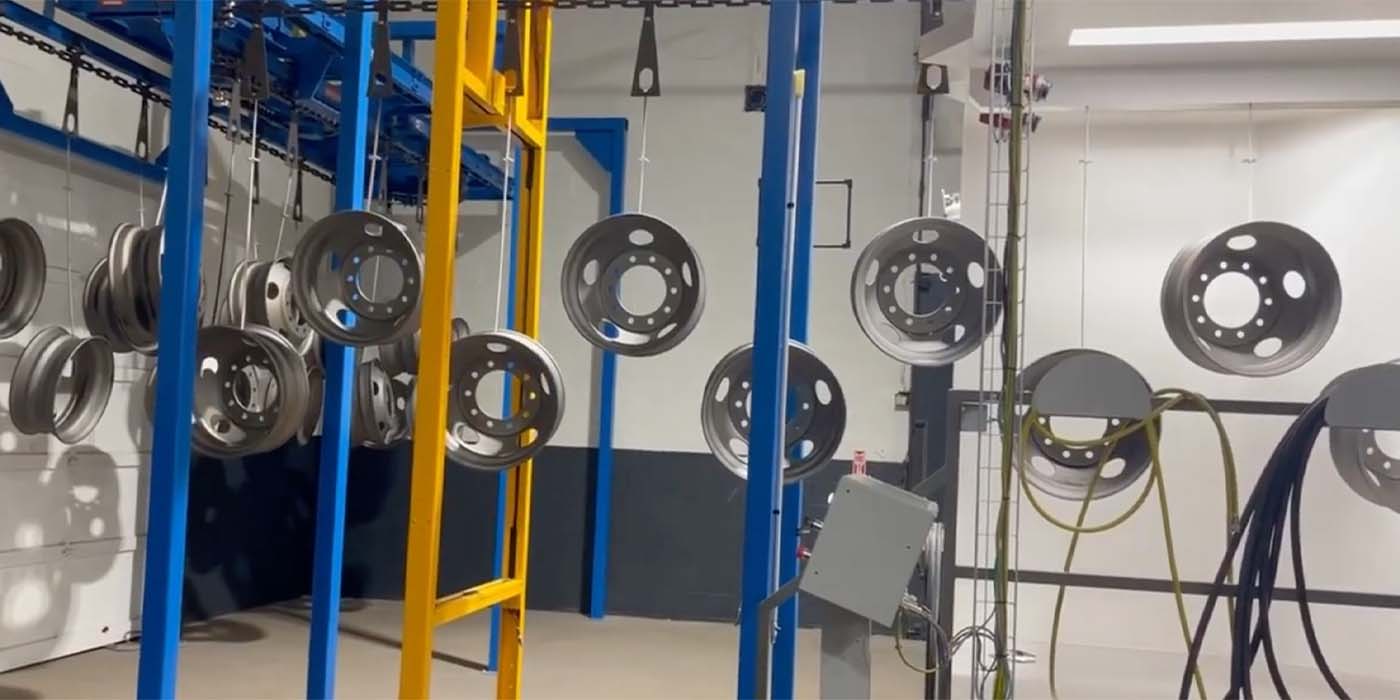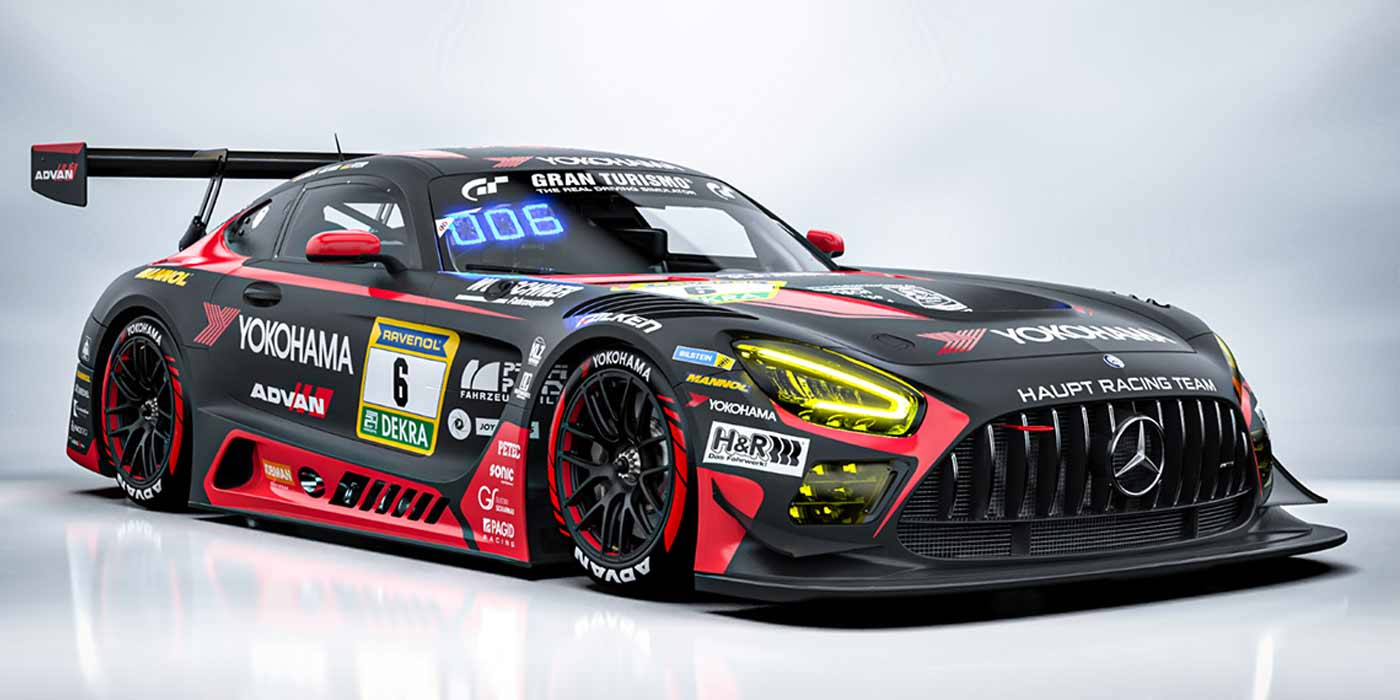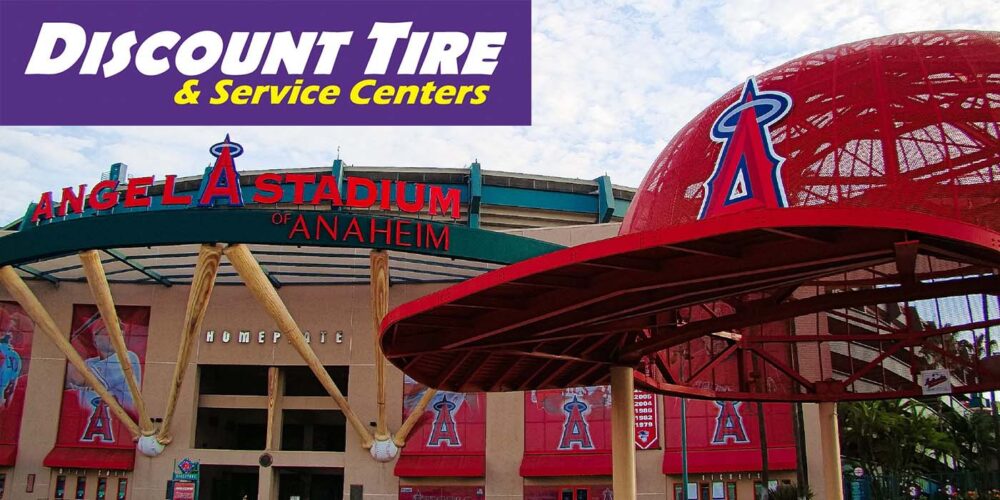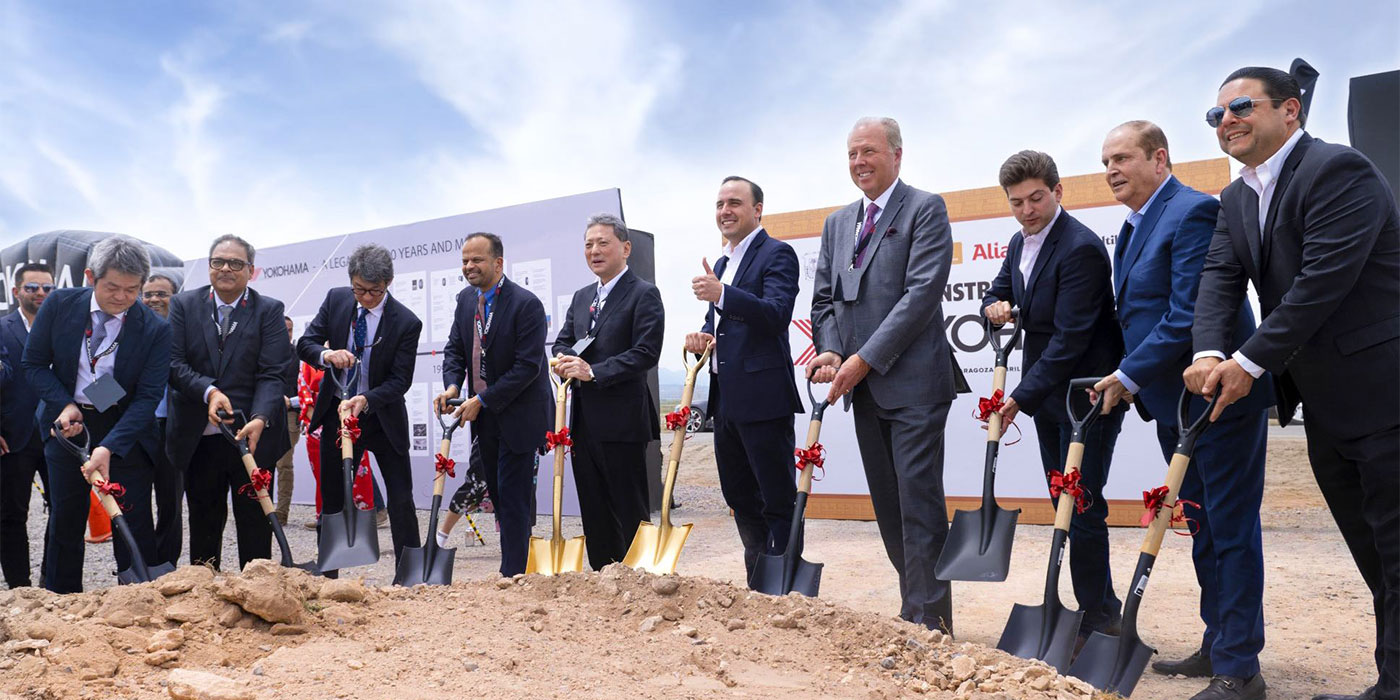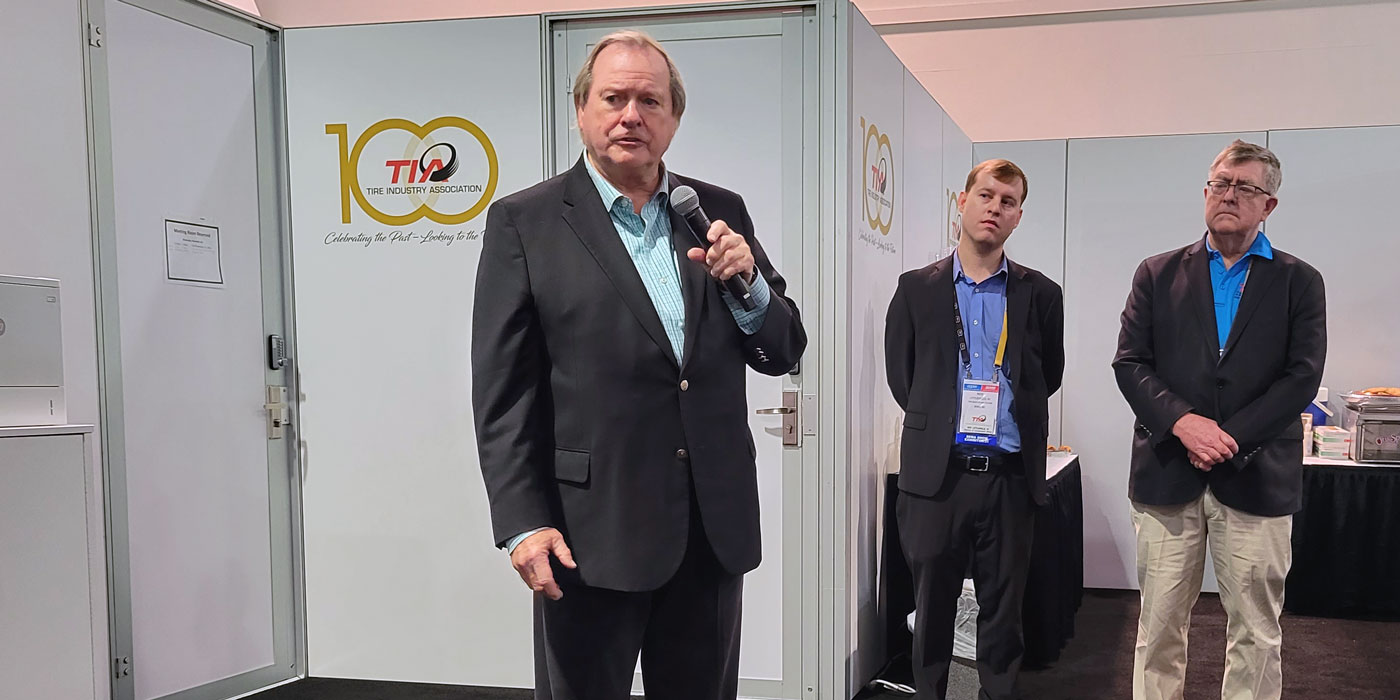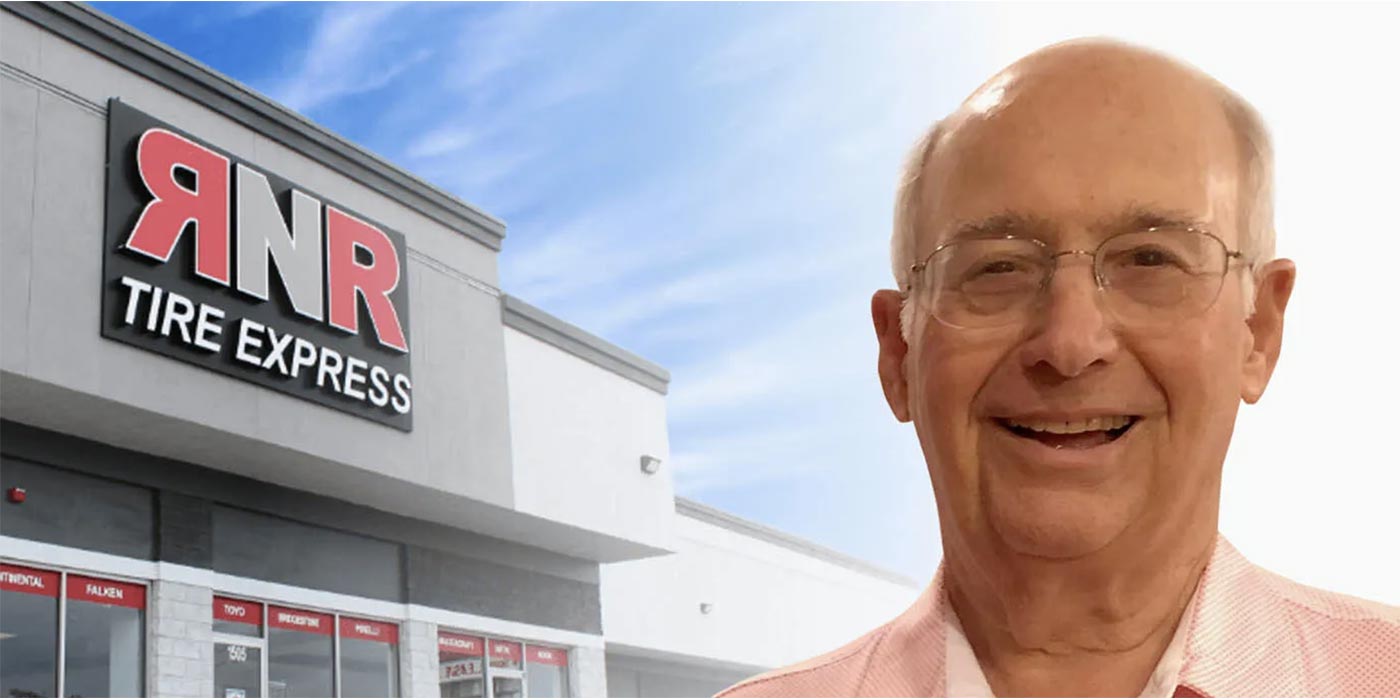With the ink still drying on Apollo Tyre’s agreement to purchase Cooper Tire & Rubber Co., Tyres & Accessories met with Apollo vice chairman and managing director Neeraj Kanwar on June 27 at the company’s new global marketing office in central London in order to get the inside line on the deal, the impending integration and the strategy behind the purchase. 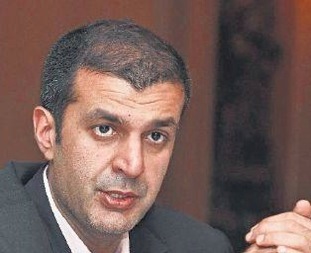
In 2010, Apollo chairman Onkar Kanwar and the younger Kanwar told the world that the company was aiming to break into the global top 10 – at least. At the time this announcement was made you could be forgiven for thinking such a proclamation was either an exercise in hyperbole or in corporate goal setting.
And why not? There’s nothing wrong with aiming high, as many of the world’s fastest growing tire companies are clearly doing. After all, as the saying goes, “he who aims at nothing hits it.”
But with all the speculation that surrounded the company’s decision to engage in takeover talks with Cooper at the fall of 2012, the fact that the deal has now been agreed arguably isn’t as much of a surprise as the speed with which the top 10 goal has been attained; the amalgamated Apollo/Cooper will be the seventh largest tire company on earth. So what’s next? The exclusive club that is dominated and fiercely defended by the Big Five? Or, as is more likely, a period of integration and consolidation while the dust settles?
But first a little background. Apollo and Cooper have been in a relationship with each other for between six and seven years prior to the takeover. It began with cooperative distribution of Cooper tires in South Africa, following Apollo’s purchase of the Dunlop South Africa operations. From there it became evident that there was a shared “chemistry” between the companies, which led on to talk of collaborative research and development and procurement efforts.
These didn’t really come to fruition, but the similarities in approach were reaffirmed and the businesses were in advanced talks regarding a joint venture facility in Eastern Europe in 2008. As we all know, the credit crunch put an end to that and Apollo ended up buying Vredestein. However, the relationship remained intact and – with a fair bit of history behind them – the deal was sealed.
The general rationale goes something like this: The deal is a good one because the geography is evenly spread, which is good for production and delivery. Revenue generation is, therefore, evenly spread, too. The brands are different enough not to cannibalize each other and the global markets are opened up when you have such a clear position on every continent.
“I had always been looking at opportunities. Our organic growth plan was already in place, but I was always on the lookout for other opportunities,” Neeraj Kanwar explained, highlighting the criteria necessary for an acquisition to be “good.”
“It needed to be a good gel, with strong brands, without overlaps (either geographically or in terms of brand),” as well as offering strength in technology, he said.
Evidently, Apollo in general and Kanwar in particular are confident that Cooper meets these criteria. From the company’s point of view, the geographic case is clear and particular strong in the mature and emerging markets in which Apollo is not already present.
Cooper first of all provides access to North America, with large amounts of production capacity on U.S. and Mexican soil that, therefore, avoid any import tariffs or legislative hurdles. Cooper’s international operations also provide access to Central and South America, Russia and China, giving the combined company new opportunities to do business in the full set of BRIC markets.
While Cooper obviously already has the kind of relatively strong position in the U.S. that can only really be attained by a historic domestic tire manufacturer, moving forward Apollo’s goal is to maintain this but also to introduce the Vredestein and Apollo group brands to the U.S. market. For Vredestein this would of course be something of a re-introduction as it already made its own efforts and pushed again during the period it was owned by now-defunct firm Amtel.
But for Apollo this would be something of a key market introduction and it is probably not too much of a stretch to say that Apollo headquarters would like to see the 2% of Cooper’s output that goes to OE (which currently means fitments on Ford Focus SE and Titanium models) increase. Could it even mean Apollo branded OE on U.S. marques?
As Cooper’s corporate communications vice president Anne Roman recently told T&A in a separate interview, “there are all sorts of opportunities, but I wouldn’t like to predict what might happen.” Nevertheless, OE is clearly a continuing theme and a potential post-combination growth area for the company.
Kanwar describes South America as “one of the growth economies in the Apollo world.” Owing to the fact that Cooper runs a Mexican joint venture operation, buying Cooper brings with it access not only to the large North American markets, but also cost effective export opportunities to Central and South America and particular key markets such as Brazil; and others by virtue of the NAFTA free trade agreement.
Previously, Apollo, which already has a South American sales operation, manufactured products destined for these markets in Asia, which brought with them the not inconsiderable time delay and shipping cost burdens. Moving forward, the plan is to use the increased local production opportunities the Cooper purchase brings with it to really develop the company’s position in these markets.
In addition, Kanwar was candid about the idea of selling more Apollo brand truck radials in the United States.
The Cooper Chengshan operation in China has invested heavily in accessing the already huge, but growing domestic replacement and OE markets through numerous brand development initiatives. Post takeover there is every indication that this will continue, with the production facilities in China also serving the other key Far Eastern markets that these production facilities are closest to. “It is time to more fully exploit the Cooper brand in China,” Kanwar offered.
With production facilities in the U.K., the Netherlands and Serbia and sales operations across the continent, Apollo/Vredestein/Cooper is arguably disproportionately well served in Europe. So while there may not be production or brand overlap on a more global scale, this is not as easy to see in the EU.
Nevertheless, Kanwar insists that there are no plans to close plants and even the smallest of the three (Melksham, U.K.) has carved its own niche for motorsport tires and is said to be doing well in the context it is set in.
As far as Enschede, Netherlands, is concerned, Apollo has committed itself to the Dutch operation by expanding manufacturing capacity by almost 50% since taking over this business from the Russians a few years ago. And this expansion is expected to continue in the future. The opening of Apollo’s global research and development headquarters around the corner from Enschede plant would also seem to suggest that this location remains a key part of the company’s long term strategy.
The Cooper purchase brings with it a Serbian plant, which although relatively small by Apollo’s global standards has plenty of capacity for growth and crucially plays a role similar to the U.S.-based company’s Mexico plant. Where that one gives the business access to Central and South American by virtue of NAFTA, Serbia acts as a zero-tariff doorway to the huge Russian market.
As Tyres & Accessories reported previously, Cooper already plans to expand the Serbian production operation and set up a Russia office with a view to capitalizing on the trade connection with the giant market nearby. Post-acquisition, this strategy looks set to continue apace.
As we have seen, while Apollo does estimate that there are some $100 million of potential cost efficiencies to be made in the combination, Kanwar remains consistent that there are no plans to close any plants. And synergistic savings are expected to be derived from areas such as procurement, research and development and optimization of products and manufacturing. Explaining why the company is not intending on “rationalizing” manufacturing at this point, Kanwar offers the company’s decision to prioritize proximity to customers and markets as a key reason for this position.
All that being said, it seems that some plants are seen as more strategic than others. Presumably because of their positions as BRIC market gatekeeper locations, the company’s plants in Serbia, China and Mexico have been singled out for particular investment attention at this early stage in proceedings.
Anyone looking at the huge spread of brands offered between Apollo, Vredestein and Cooper will have asked – as we did – how Apollo plans to position them.
While this strategy will no doubt evolve over time, Apollo appears to be adopting a broadly tri-brand strategy. While most manufacturers have a primary brand paired with a second brand and supported by group brands, Apollo is going to push all three brands, albeit in different ways, at different price points and – to some extent – in different geographical markets. And the fact that no one has really tried this before makes the relatively unprecedented move all the more distinctive, according to Kanwar.
While Goodyear and Dunlop may have been criticized in the past for struggling to differentiate its two flag brands in Europe, Apollo believes that this was rooted in a paucity of distinctiveness that Apollo, Cooper and Vredestein are not subject to.
In the future, Vredestein will be aimed at the niche, tier one, high performance market, much as it is already. Cooper is intended to offer quality to a high tier two level while also being price differentiated from Apollo, which sit somewhere between the two.
“Think of Volkswagen,” Kanwar opines, addressing the unasked question of whether three brands is too many – “they have 11 brands from Bugatti to Skoda with VW and Audi in between.”
The point is that the products will be pitched differently at different price levels and that this will be intended to differentiate them from each other. In addition, there is the inference that the varying different markets will emphasize different brands on a region-by-region basis, capitalizing on both the regional strength of brands and local production of said brand.
Still, the job of clarifying and communicating all this to company employees, the trade and consumers alike remains a herculean task. However, this challenge will be borne by the shoulders of the global marketing team, based at the company’s new global market headquarters in London, where our interview took place. Cooperating “very closely” with local offices, this team is said to recognize that the Cooper purchase is a “game changer” not only for Apollo, but for the market as a whole. It is therefore braced for the media, communications, branding and pricing challenges that come with it.
While the company will be number seven in the world vs. its pre-purchase ranking of 16th, executives understand that none of its three names have the power of the global competitors above them. However, Apollo aims to emulate the development of leading brands such as Samsung that have grown from positions of relative anonymity in their respective markets to that of global competitors in relatively short periods of time.
And with this comes plans to invest in marketing accordingly. In a bid to get out of the “round and black” marketing rut that many tire companies get into, Apollo is eschewing marketing activities such as motorsport (which have never really figured in the company’s game plan) in favor of top flight sponsorship in football and golf.
It is too early to say who the company has been talking to yet, but suffice it to say that if the pre-signing graphics are anything to go by, we are talking about some of the biggest names out there. “Sports has always something we have wanted to do,” says Kanwar simply, emphasizing the company’s commitment to be involved in something of this nature.
In general, it is too early to get into extensive detail about how the integration will pan out. Executives representing each of the companies said much the same thing and the top management is no different.
However, Kanwar revealed that the company is producing an integration strategy that is due two to three months after closing the purchase. Once this is finalized, it will be implemented as quickly as possible and the company will enter a three to five year period of consolidation, syngergization, which will, Kanwar hopes, form into a platform for further growth. (Tyres & Accessories)

